How To Cut A Mango
Learn how to cut a mango into slices or squares saving as much as the pulp for all your recipes. Alternative, fresh mango is scrumptious just as it is.
Mango is a versatile fruit that grows on trees that stays green at all times of the year. But, interestingly it bears fruits only during the summer, in fact, the hotter the climate, the sweeter the fruit becomes.
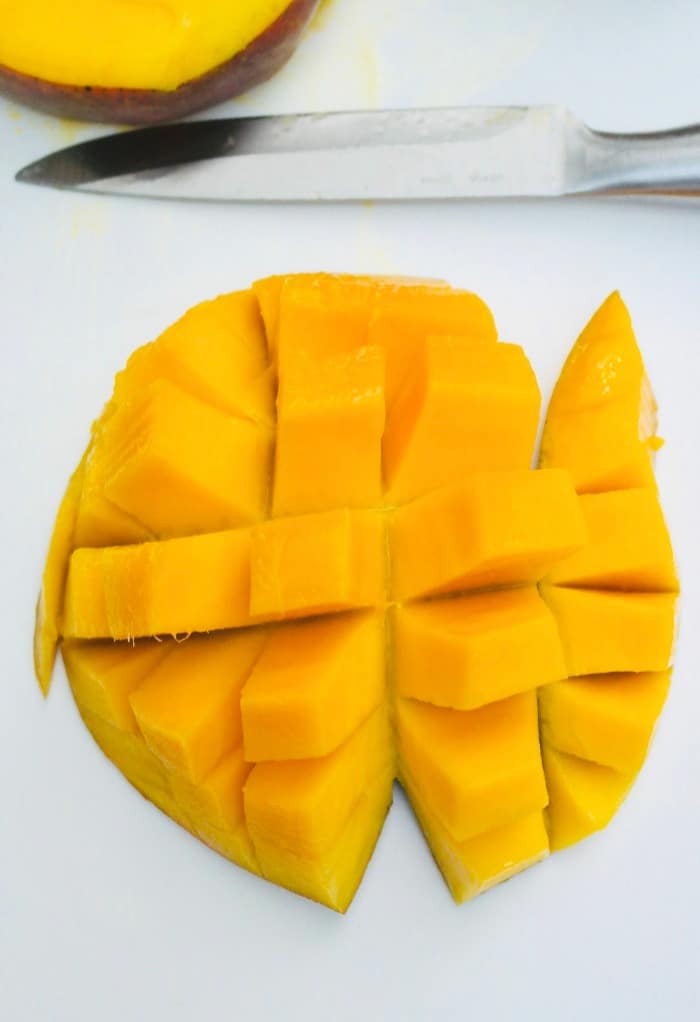
Learn How To Cut A Mango
It seems that we can’t get enough of this juicy, fleshy fruit, and maybe that’s why today we can find almost 1000 different varieties of mango all around the world, can you imagine that!
But, how did this humble fruit become so famous and made its way to each and every part of the globe?
A brief history of mango
The history of mango began thousands of years ago on Indian-subcontinent, it’s been cultivated in South Asia for ages and reached Southeast Asia between 5th-4th century B.C.
The earliest mention of mango can be found in Hindu scripture dating back to 4000 B.C., the wild variety originated in foothills of the Himalayan regions in India and Burma (Myanmar).
After the domestication of mango fruit in India, traders, travelers, rulers took mango for plantation in different subtropical regions of the world.
But, the breakthrough came when Portuguese explorers arrived in Kerala (southern state of India), they discovered this fruit which was called ‘man-kay’ or ‘man-gay’ in colloquial language and changed its name to ‘manga’ or ‘mango’ and introduced it to the western world.
Later, Spanish explorers brought mango to South America and Mexico in the 1600s, and the first attempt to introduce it into the US came in 1833 to Florida. But, it wasn’t successful primarily due to the weather.
So, today only a fraction of mangoes available commercially in the US are cultivated in southern Florida and Southern California, while a majority is imported from tropical and subtropical countries like Brazil, Ecuador, Mexico, Haiti, Peru etc.
Types of Mangoes
There are many different types of mangoes to choose from, and according to The National Mango Board, you’ll most likely find at least one of these seven mango varieties at grocery stores throughout the year.
- Honey (Ataulfo) – They’re creamy and sweet with no fibers. Also, they have very small seeds so more flesh to enjoy!
- Francis (Haitian) – Generally Rich, spicy, and sweet taste with soft, juicy, and fibrous flesh.
- Haden – When ripe, it turns into an extremely aromatic, sweet, rich, and non-fibrous fruit.
- Keitt – Sweet and Citrusy notes with a firm and juicy flesh.
- Kent – Sweet succulent flavor with no or very little fibers.
- Tommy Atkins – High in fibers and mildly sweet with citrusy notes.
- Palmer – Firm flesh and Mildly sweet
Besides these, there are hundreds of other varieties such as Alice, Alphonso, Beverly, Graham, Mulgoba, Anderson, Angie, etc.
How to pick a good mango
When it comes to picking a mango from grocery stores, we all usually select the ones with bright yellow or red and orange peels. Right?
Well, this is not how you should pick a mango!
The color is not the best indicator for ripeness, because sometimes the red blush on mangoes is just a result of sun exposure. So, instead of that focus on its feel and smell.
Here’s how to tell if a mango is ripe,
- If you want to use it immediately then pick a mango with firm skin and give it a gentle squeeze, if it gives a little, then it’s ripe and ready to eat. They’re similar to peach and avocados, which also become softer as they ripen.
- Alternatively, if you want to use them later then choose less ripe (harder) mangos, pack them in a paper bag, and store at room temperature until they become softer (usually 6-8 days). Also, you can put a banana or apple in the bag to speed up the process.
- Ripe mangoes have strong fruity aroma near their stems, and they sometimes ooze sap without prodding.
How to store mangoes
Mangoes taste best when they’re in season, so it’s tempting to buy extra and save them for later. But, once ripe, mangoes become sensitive to the surrounding environment thus, it’s important to know how to store them correctly in order to minimize the chances of spoilage.
Here’s how you can store mangoes
- Unripe mangoes are hard and sturdy so they don’t go bad easily, you can store them in jars, or plastic/paper bags at room temperature. Just make sure that you don’t block out the oxygen.
- Ripe mangoes must be stored in a refrigerator. Depending upon their freshness, they can last up to 6 days in a fridge.
- Little spots of discoloration can happen during storage, which is OK. However, if the fruit feels mushy on touch and smells sour, or the peel turns black, then it’s rotten.
- You can store mangoes in the freezer for off-season enjoyment. For this, cut mangoes into small pieces, then flash freeze the same way I explain in this waffle recipe. Place the mango in a freezable bag or airtight container.
- You can enjoy frozen mangoes for up to 6 months.
Note – If you want to eat them as a snack then,thaw your mangoes in the fridge once you take them out of the freezer because thawing at room temperature will make them mushy.
However, if you’re making a puree then you can defrost them at normal temperatures.
Frozen mangoes can have black spots, it’s just a sign of freezer burn, you can still consume these mangoes but they won’t taste as good.
Nutritional benefits of mango
Mangoes are not only sweet summer treats but they can also deliver many nutrients to the body. Including them in dietary routine makes healthy eating a delightful experience.
Nutritional information of mango –
- A serving of mango (3/4th cup) has just 70 calories.
- Mangoes are free from fat, sodium and cholesterol.
- They contain 20 different vitamins and minerals such as Vitamin C, B6, A, E, B5, K, magnesium, potassium, manganese, copper, etc.
- According to healthline a cup of mango can provide, 67% recommended daily intake (RDI) of vitamin C, 10% RDI of vitamin. A, 20% RDI of copper, 18% RDI of Folate, and 11.6% RDI of vitamin B6.
Health benefits of mango
- Mangoes are loaded with antioxidants like quercetin, mangiferin, fisetin, and many others. These compounds have the capacity to reduce the number of harmful free radicals in our body, and thus protect us from various chronic diseases.
- Consuming mangoes can boost our immunity because it contains a high amount of vitamins A, C, K, B complex, and E.
- It helps in maintaining cholesterol levels and supports heart health.
- High amounts of digestive enzymes, water and fiber in mangoes can help in improving digestive health.
Mangos are good natural food for our bodies!

How to cut a mango
Mango has a long, hard, and flat seed in the center of the fruits which can make it difficult to extract all the flesh but, once you learn how to work around it, the rest is really easy.
Here’s an easy way to cut your mango efficiently –
- Hold your mango upright on a chopping board in such a way that the stem faces upwards. Looking down the mango, you’ll notice there are two halves on either side of the stem.
- With a sharp knife slice off the two halves in such a way that you get maximum flesh in them.
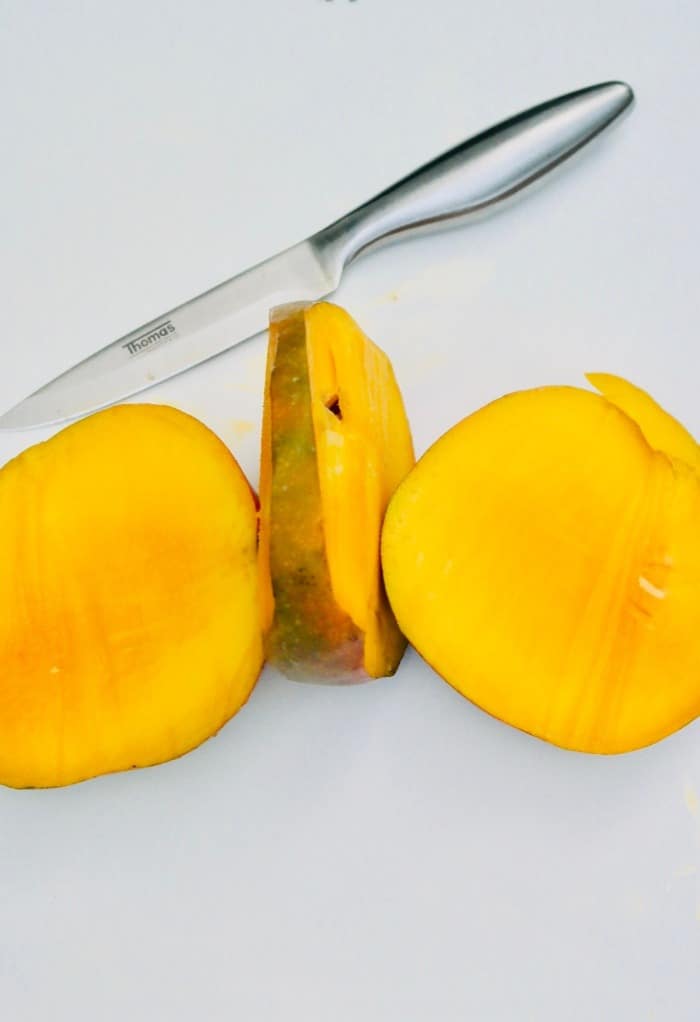
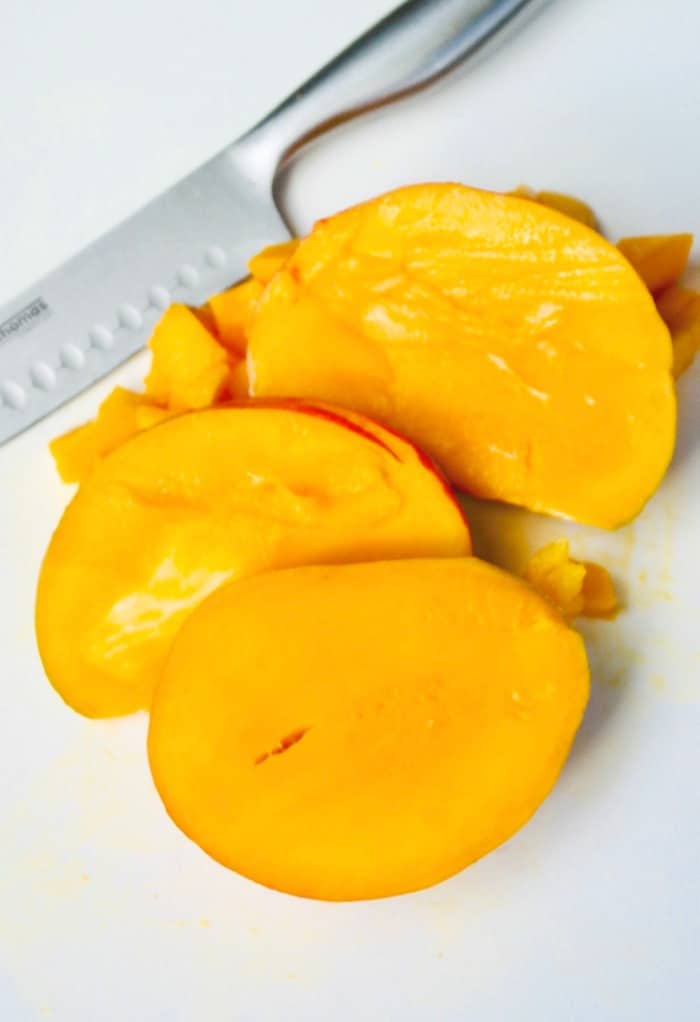
- You now have two halves of the mango.
- Use a paring knife slice vertical lines. For slices you will cut or scoop the mango away from the skin with a knife or spoon (see below instructions).
- For diced mango, after cutting vertically cut horizontally to make a grid pattern on each half.
- Ensure that you don’t cut through the skin.
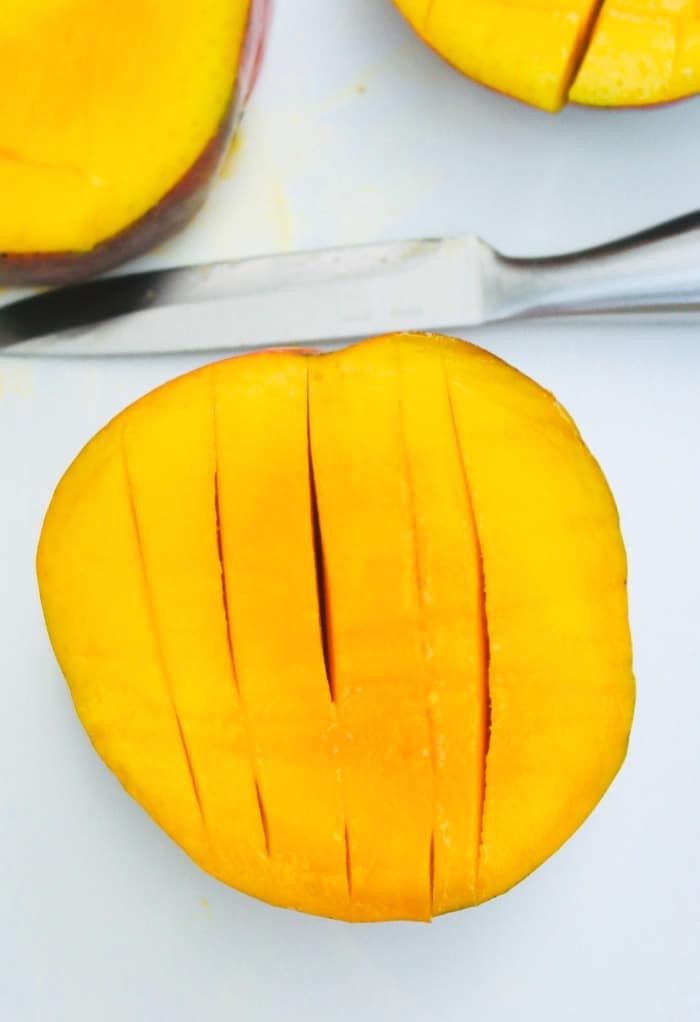
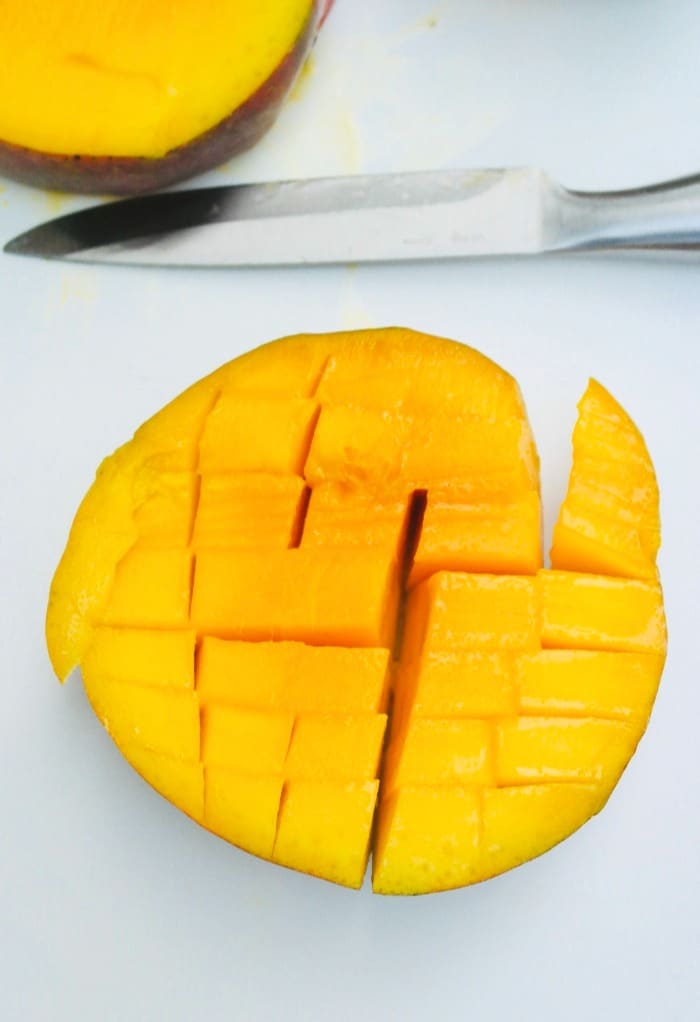
- Gently press the underside of the half so that the flesh of the fruit is pushed out. Now, use a spoon or paring knife to scoop the cubes out from the skin.

- There’s still plenty of flesh left around the seed. Just eat it with your hands and mouth – no one is looking!
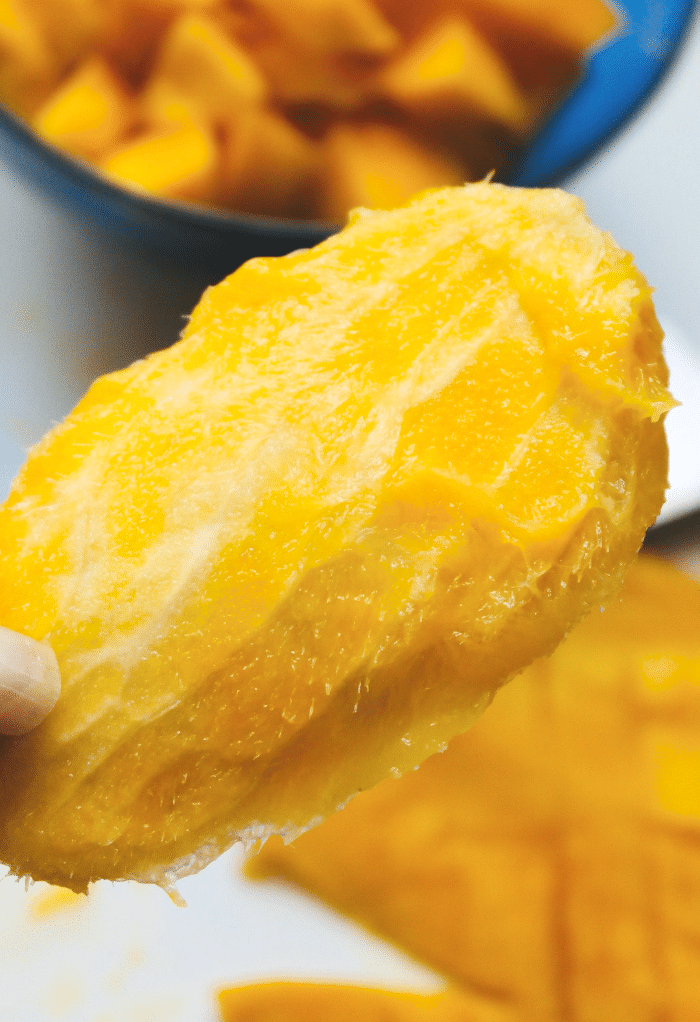
How to scoop the cut mango away from the skin
So, you have three options when removing the flesh from the skin. Use a paring to slice it out or a spoon to scoop it out.
I like the spoon method. I am able to get more of the flesh with the round curvature of the spoon close to the flesh.
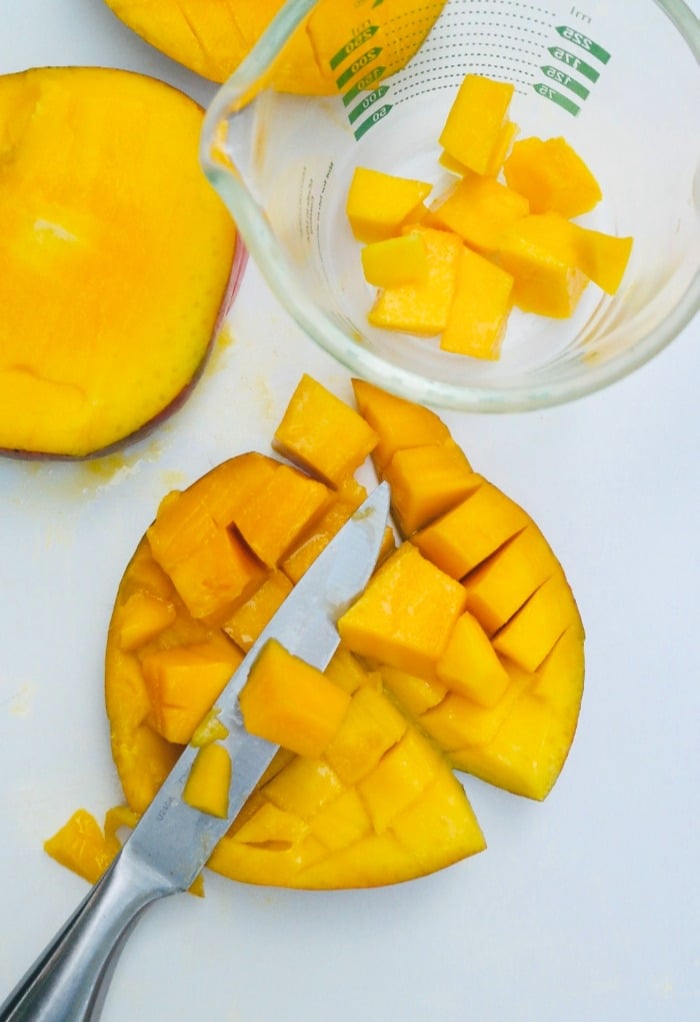
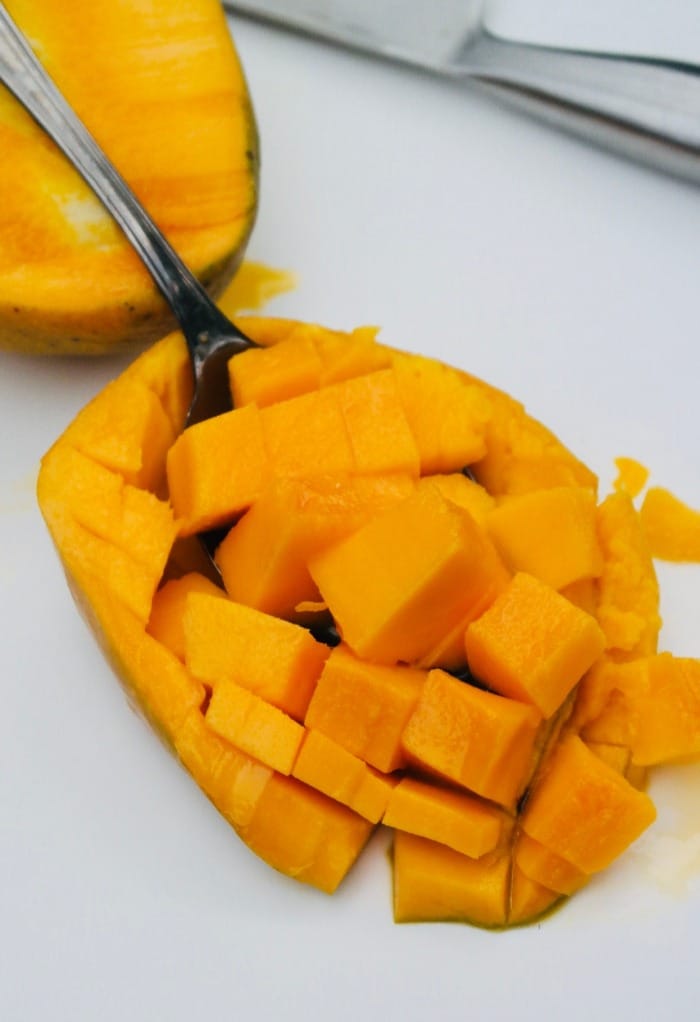
Recipes with mangos
Be sure to try these recipes with mangos!
- Mango Blueberry Bread Pudding – serve hot or cold with fresh whipped cream or a scoop of vanilla ice cream.
- Tilapia with Mango Salsa – simple fish dish into a healthy flavorful main meal. This dish can be on your table in under 20 minutes!
- Mango Chia Pudding – enjoy for breakfast, a snack or dessert.
- Grilled Chicken Mango Salad – healthy salad with a light poppyseed dressing.
How To Cut A Mango
Equipment
- Cutting Board
- Sharp knife
- Spoon
Materials
- 1 mango medium
Instructions
- Hold your mango upright on a chopping board in such a way that the stem faces upwards. Looking down the mango, you’ll notice there are two halves on either side of the stem.
- With a sharp knife slice off the two halves in such a way that you get maximum flesh in them. You can feel the pit with the knife as you are cutting.
- Use a paring knife to cut vertical slices, then horizontal slices to form a grid pattern on each half. Ensure that you don’t cut through the skin.
- Gently press the underside of the half so that the flesh of the fruit is pushed out.
- Now, use a spoon or paring knife to scoop the cubes out from the skin.
- For sliced mango, scoop away from the skin after making vertical slices.


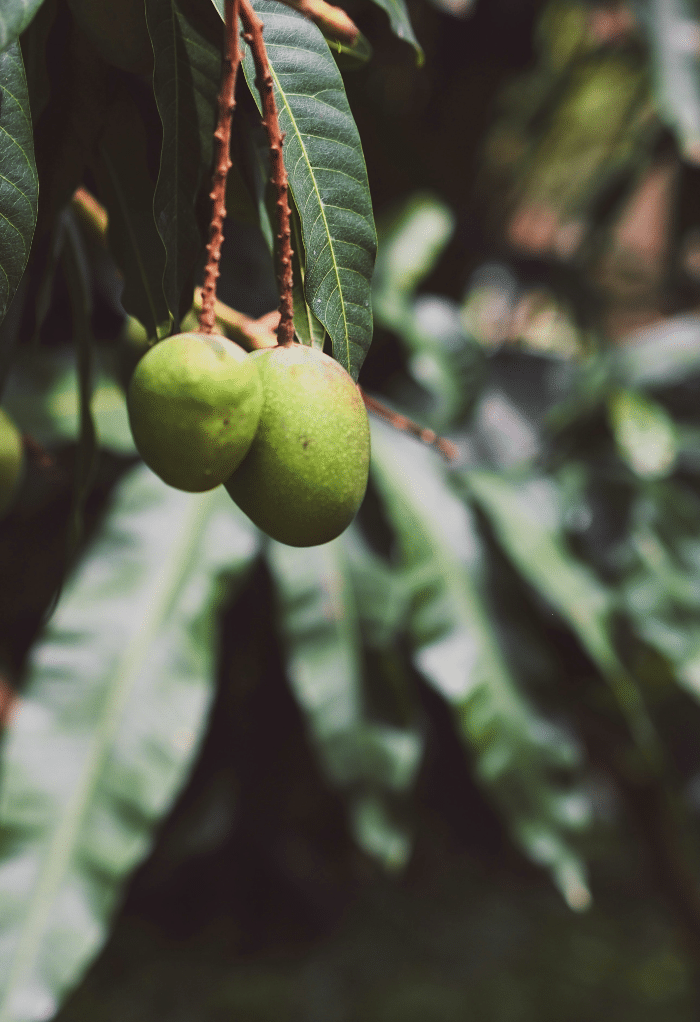
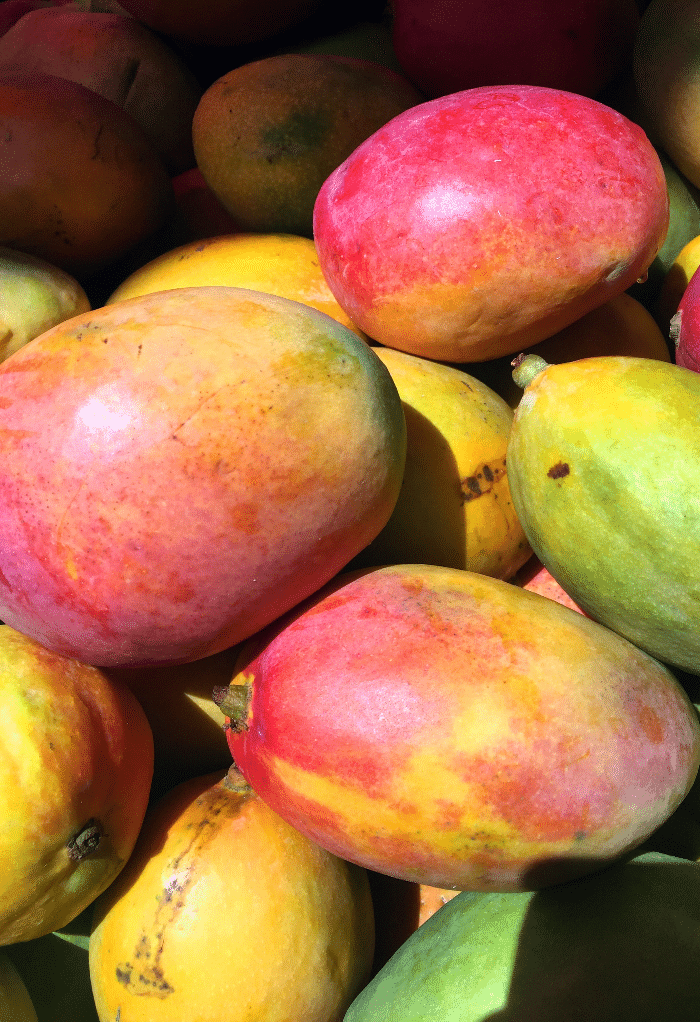
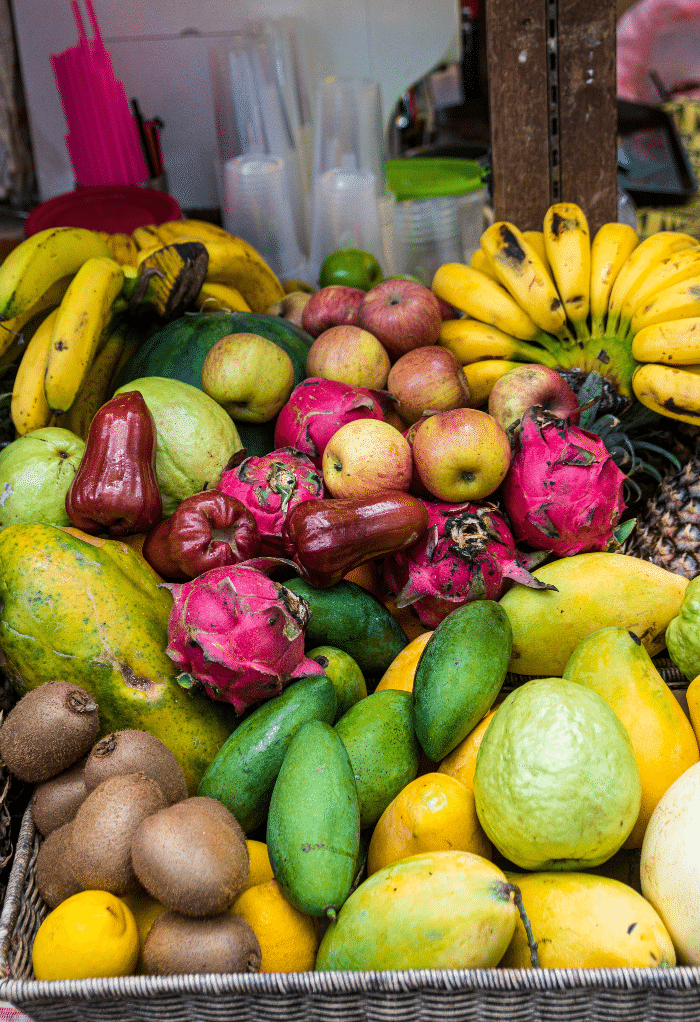
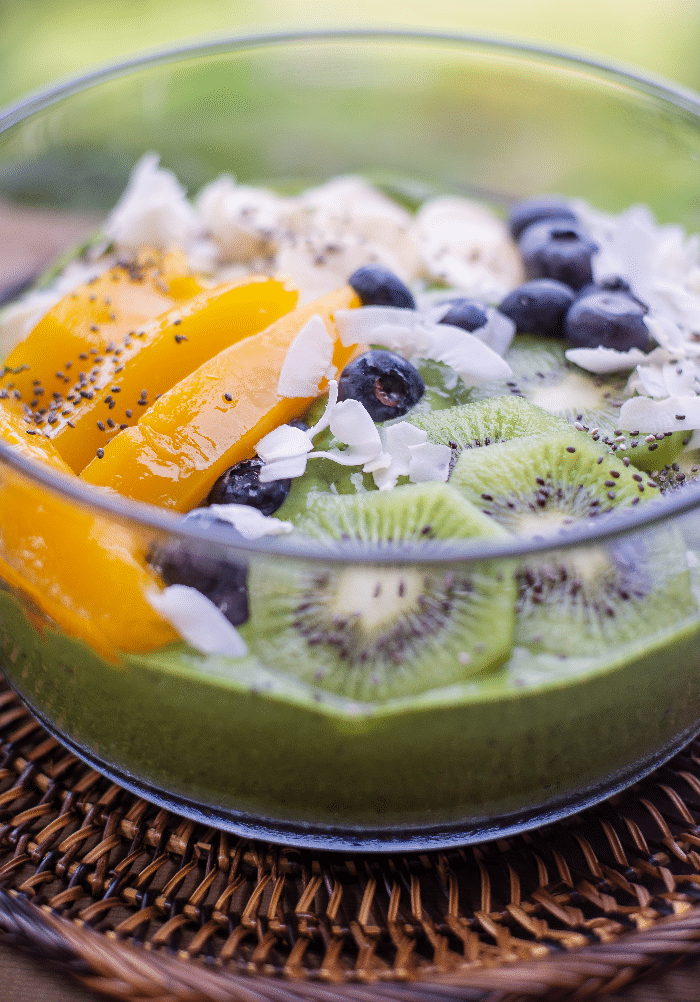

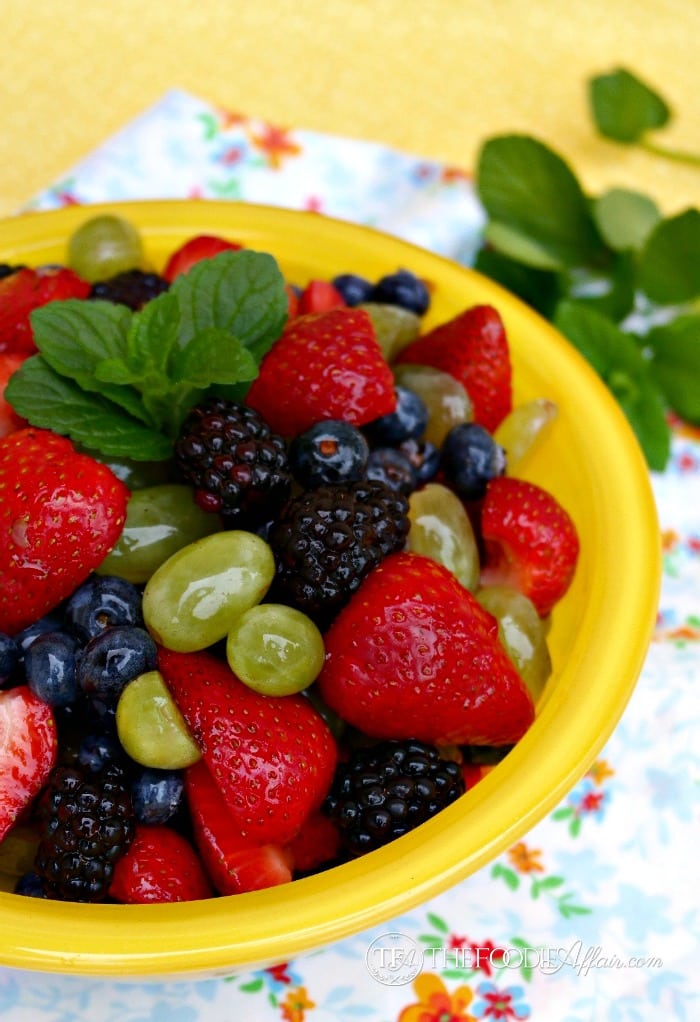
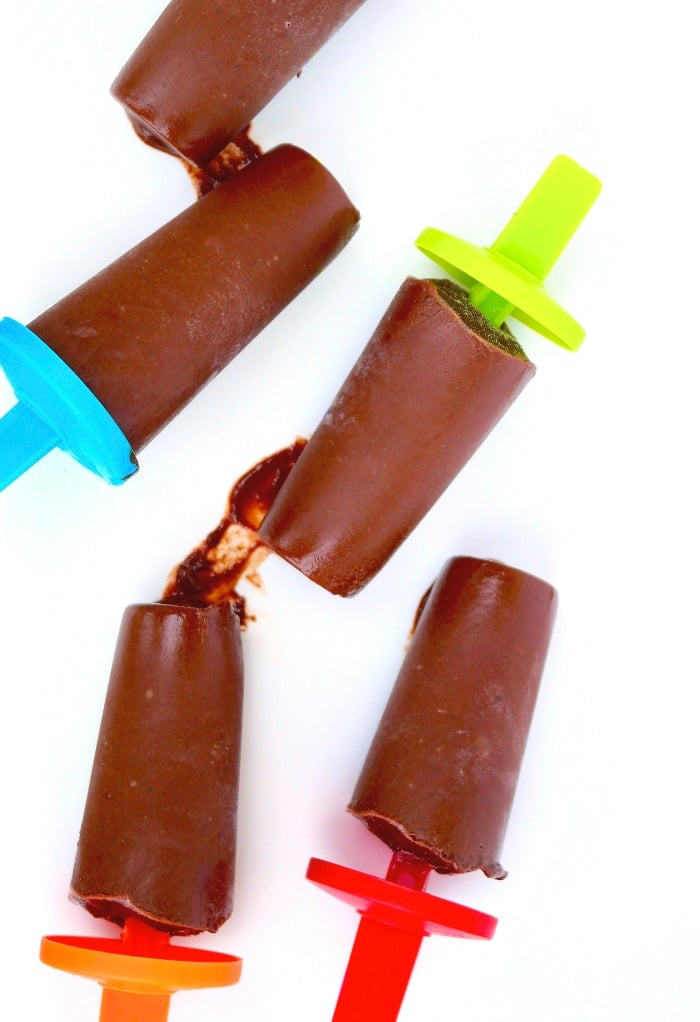

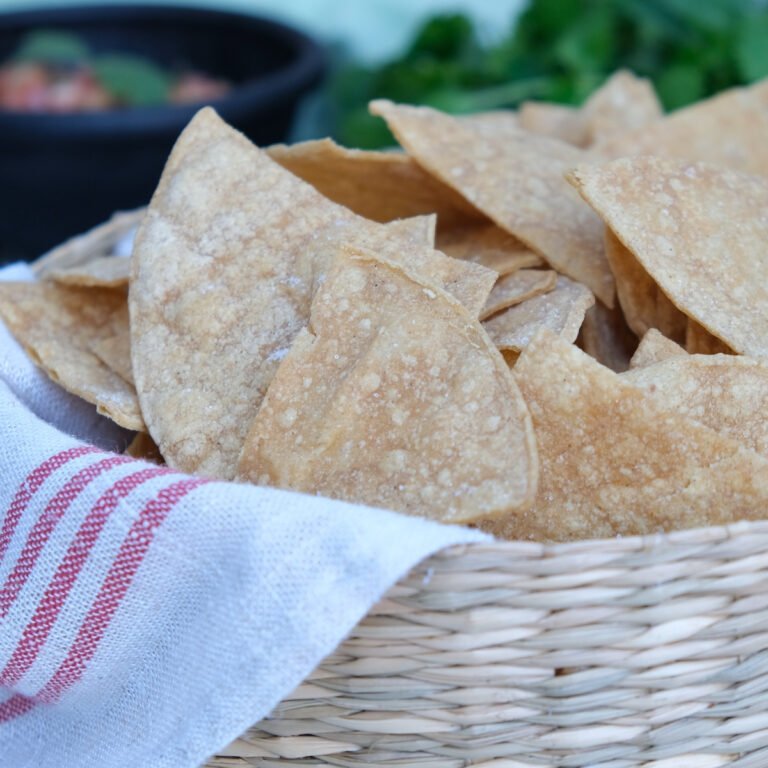
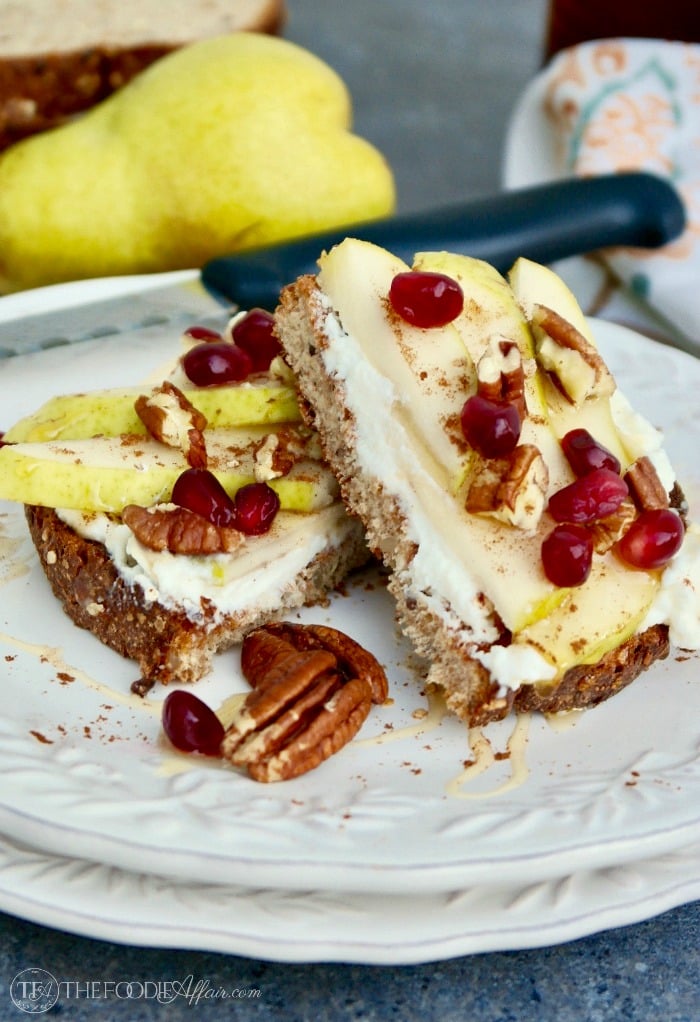
I had no idea there were so many types of mangos! Never cut one before, but now I am confident I could.
It’s one of my favorite fruit. And thanks for the hack. It looks better sliced that way.
Mango is such an awesome fruit. it can be a bit tricky to prepare though!
We love mangos in our house. I’m glad I saw this because they can be a pain to cut. I’ll try this next time.
I absolutely LOVE mangos. It took me forever to learn how to cut them, though. This is going to help a lot of first-timers.
I love mangos and cutting them is a pain. This will help me next time I by a mnago.